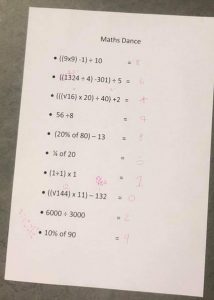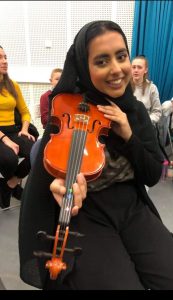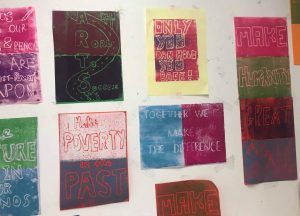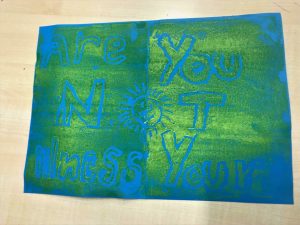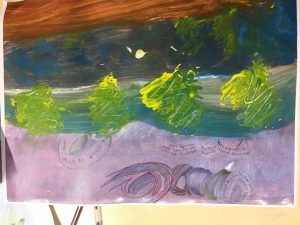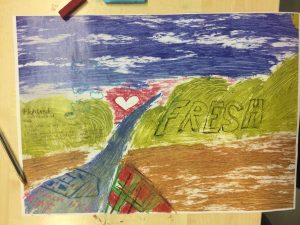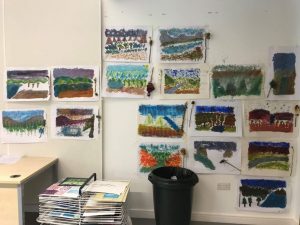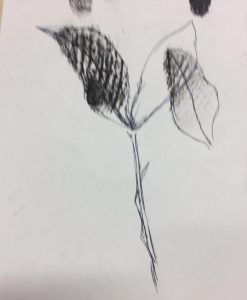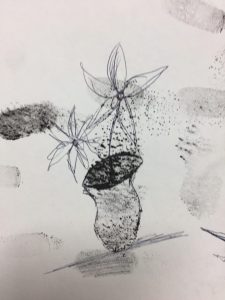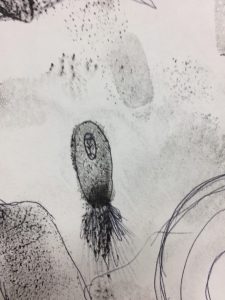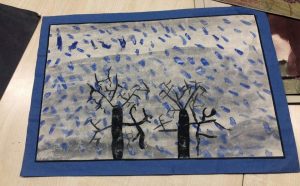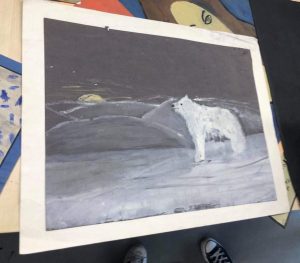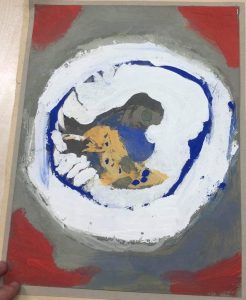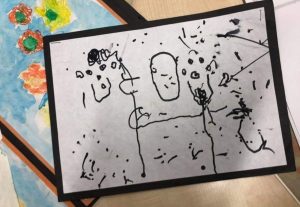In or last input we were to perform our dance routine in front of a camera, that would later be uploaded on to Moodle. i feel as if I was presented with this task four weeks ago, I would have been a lot more anxious. However, during the last few weeks has taught me that the environment in which we had practiced our dance routines was a carefree and light-hearted environment. No one was expecting professional moves, and everyone was in the same boat. I learned to take it easy on myself and loosen up. Working along side my group made me realise that I wasn’t the only one that felt uncomfortable at times and that a lot of people felt the same way but didn’t let that ruin their time to have fun. Before performing we had about 20 minutes to go over in our groups our dance routine. As I was off last week, I came to realise that my group had made a number of changes to the routine. I found it hard to catch up and learn the changes in the short time we had. However, my group was very helpful and took the time to go over the changes one part at a time. When I came to the performance it went by much quicker than I anticipated and before I knew it I was already watching the video and thinking about ways in which I could have improved my performance. During the evaluation I considered that I should work on my time keeping skills and work to me in sync with the rest of the group. I have become to understand the importance of dance in arts. Although only had three short inputs I feel I changed a lot of my mindset. Dance taught me that we will always find ourselves in situation we may not feel comfortable in, however it is important that we don’t opt out and embrace the opportunities that allow us to grow both emotionally and creatively. Teachers need to ensure that children are able to appreciate, perform and evaluate dance.
During our last music input we had the opportunity of playing the ukulele. We first learned to strum the ukulele and then we learned the notes and chords. When Julie first introduced the chords, I thought it would be way too technical to learn in such short time, however she provided coloured stickers that indicated where each chord was on the ukulele. This was vey helpful at first as it allowed me to practice playing the different chords. In order to practice further we played to a song called. this allowed us to practice the chord. Later to put it all together we played “last Christmas”. Julie explained this was a good song to practice to as it incorporated most of the chords we had learned. I found myself very engrossed in playing the ukulele as after I had perfected the chords, I found that I wasn’t relying on the coloured stickers. As future teachers I understand that in order to teach children instruments it is important to first teach them the anatomy of the instrument, so they understand how the different sounds are made. This allows their understanding of the instrument to increase which can then allow further explain to be easier. The stickers I feel were effective as the allow a helping hand for children to get a feel for the chords. Which allows them to both play the instrument with out getting to caught up in the technicality, yet still allows them to play and create.

